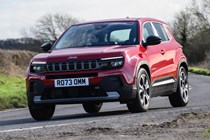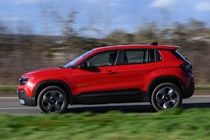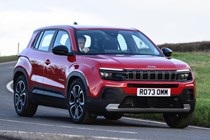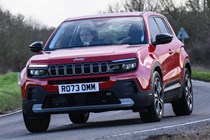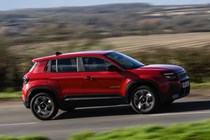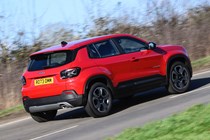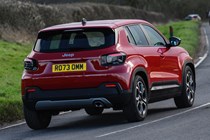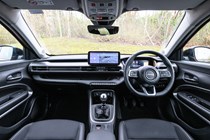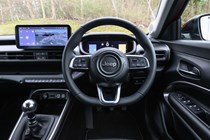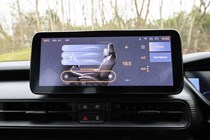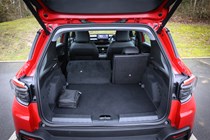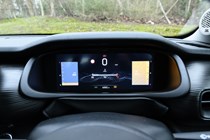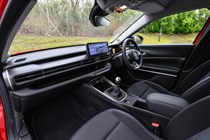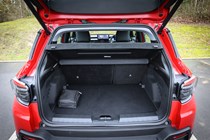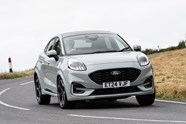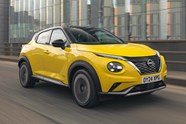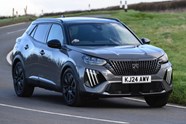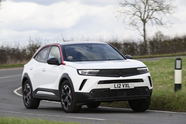Jeep Avenger review
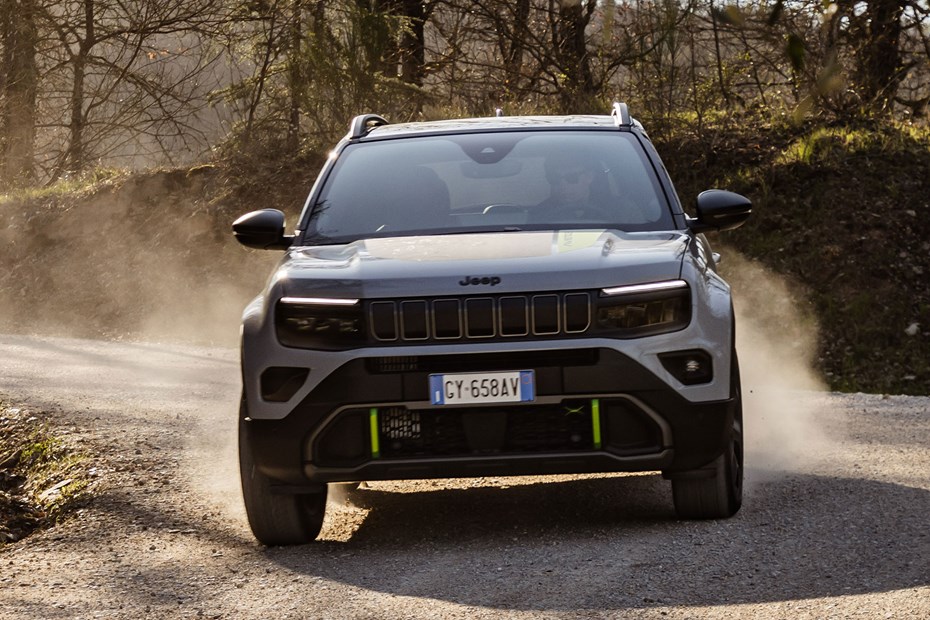
At a glance
| Price new | £25,219 - £35,219 |
|---|---|
| Used prices | £15,750 - £27,805 |
| Road tax cost | £195 |
| Insurance group | 22 - 28 |
Get an insurance quote with

|
|
| Fuel economy | 48.7 - 57.6 mpg |
| Miles per pound | 7.1 - 8.4 |
| Number of doors | 5 |
| View full specs for a specific version | |
Available fuel types
Petrol
Pros & cons
- Some off-road ability
- Cheaper than an Avenger EV
- Decent enough to drive
- Clunky hybrid technology
- Severely limited rear legroom
- 4xe gets far less boot space
Jeep Avenger SUV rivals
Overview
Want a Jeep Avenger but aren’t ready to make the switch to an EV? Good news – the small SUV is also available with a range of three combustion powertrains. This strategy follows the lead established by its chassis siblings, the Peugeot 2008 and Vauxhall Mokka, to help broaden the car’s appeal.
All three petrol Avengers use the same 1.2-litre three-cylinder engine, each sporting a varying degree of electrification. The cheapest model is petrol-only, the middling e-Hybrid has a dinky electric motor in its gearbox to improve fuel economy, while the brand-new, top-spec Avenger 4xe gets an extra electric motor on the rear axle to bring four-wheel drive.
It’s worth noting that both electrified Avengers use 48-volt mild hybrid technology rather than the beefier hybrid systems you’ll find in cars like the Kia Niro PHEV and Toyota C-HR PHEV. However, Jeep says its system is sophisticated enough to allow the Avenger to creep around in traffic on electric power alone, setting it apart from the Ford Puma.
The petrol Avenger’s most obvious competitors come from within Stellantis. There’s the Alfa Romeo Junior Ibrida, DS 3 and Fiat 600 to name a few – but Jeep also needs to fight off external competition from the ever-popular Nissan Juke, the attractively financeable Renault Captur and the class-leading Skoda Kamiq.
Plus, the off-road focused Avenger 4xe needs to fend off competition from the Dacia Duster 4x4 and lightly used versions of the Suzuki Jimny. Tackling such a diverse pool of rivals is a tall order for a car that rides on such average underpinnings.
Two-wheel drive Avengers get a choice of three trim levels – Longitude, Altitude and Summit. The most basic Longitude model gets cruise control, traffic sign recognition, rear parking sensors, lane-keep assist and, interestingly, hill-descent control. The top-spec Summit version gets a few more toys such as a wireless phone charger, blind spot monitoring and all-round parking sensors.
The 4xe range is also divided into three specifications, called Upland, Overland and The North Face. The latter is a limited-run special edition tie-in with the outdoor clothing brand of the same name. Because the 4xe is more expensive, all three specifications come with more standard equipment, such as two 10.25-inch screens, heated door mirrors, a 180-degree rear parking camera and adaptive cruise control.
Scroll through the next few pages for our detailed review of the petrol-powered Avenger. We’ll walk you through the car’s practicality, interior quality, driving experience and running costs before offering our final verdict on the car. If you’re curious to learn more about how we reached our verdict on the Avenger, check out our how we test cars explainer page.



